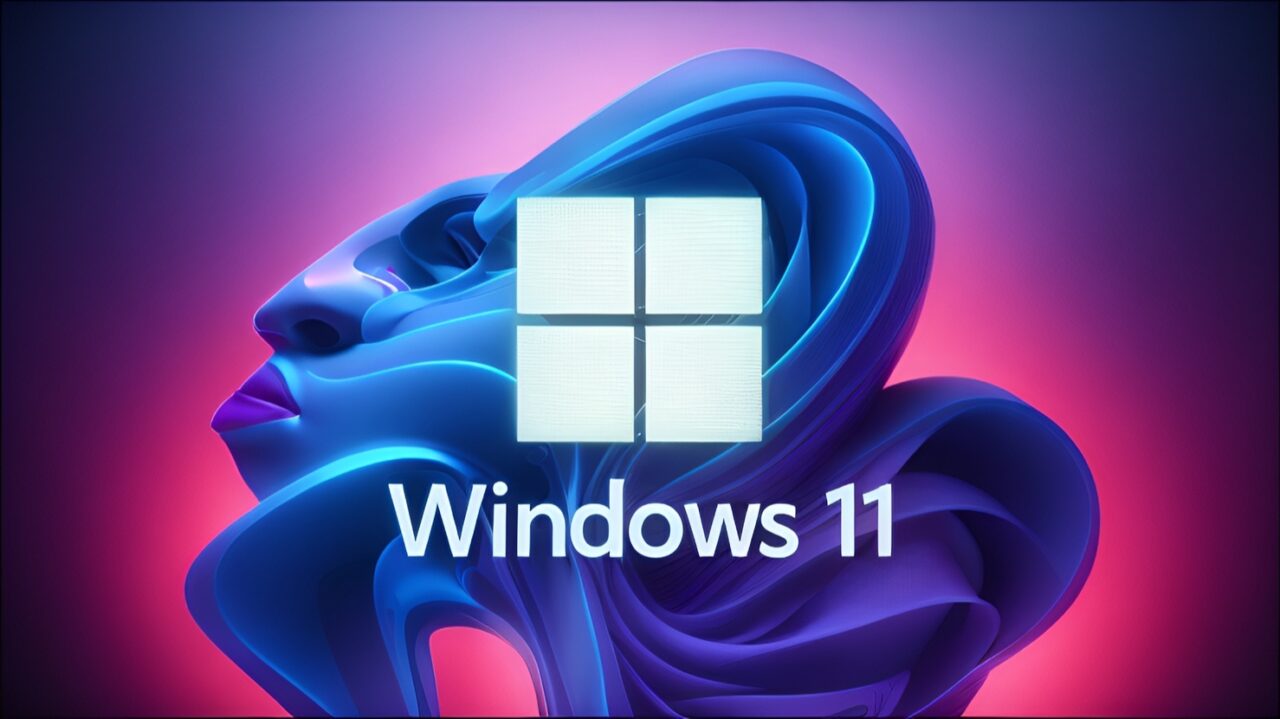
Microsoft recently took decisive action by removing two widely used Visual Studio Code (VS Code) extensions, "Material Theme – Free" and "Material Theme Icons – Free," from the Visual Studio Marketplace. This drastic measure was prompted by the discovery of potentially malicious code embedded within the extensions, which collectively boasted an impressive nine million downloads. Upon attempting to utilize these extensions, VS Code users are now met with an automatic notification indicating that the extensions have been disabled, preventing further use and potential risk.
The alarm was initially raised by cybersecurity researchers Amit Assaraf and Itay Kruk, who observed unusual code patterns within the extensions. Their keen observation and subsequent report to Microsoft set in motion the chain of events that led to the extensions’ removal. A key point of suspicion centered on the presence of a complex and heavily encrypted JavaScript file named "release-notes.js." The very nature of theme extensions, typically relying on static JSON files for their functionality, made the inclusion of such intricate code highly irregular and suggestive of malicious intent. In the world of open-source software development, the presence of obfuscated or encrypted code often serves as a red flag, signaling a potential attempt to conceal harmful operations.
Following a thorough analysis of the suspicious code, Microsoft acted swiftly and decisively. The extensions were promptly removed from the VS Code Marketplace, and the developer’s account, associated with the extensions, was suspended. Currently, Microsoft is diligently investigating the precise nature and potential impact of the threat posed by these extensions. The focus is on determining the full scope of the malicious code’s capabilities, identifying its potential targets, and understanding the potential damage it could inflict.
The developer of the extensions, Mattia Astorino, operating under the alias "equinusocio," has responded to the situation, offering an explanation for the presence of the unusual code. Astorino attributes the issue to an outdated dependency on Sanity.io, a content management system. He maintains that he did not intentionally introduce any malicious content into the extensions. Furthermore, Astorino has expressed criticism towards Microsoft for removing the extensions without first contacting him to discuss the matter. This highlights a potential point of contention regarding communication and due process in handling such situations within the VS Code Marketplace ecosystem. The developer might have been able to offer insights or contribute to a faster resolution had a direct line of communication been established.
Microsoft, however, maintains that the immediate removal of the extensions was necessary to protect the VS Code user base from potential harm. The company has announced plans to share more detailed technical information regarding the situation on the VS Marketplace GitHub repository in the near future. This transparency is crucial for fostering trust and enabling the community to understand the nature of the threat and learn from the incident. In the meantime, users are strongly advised to remove the suspect extensions from their projects to minimize any potential risks.
The situation raises several important questions and considerations. First, it highlights the inherent risks associated with relying on third-party extensions, even those with a large user base and seemingly positive reputation. The VS Code Marketplace, like any platform that allows external contributions, is vulnerable to the introduction of malicious code, whether intentional or unintentional.
Secondly, the incident underscores the importance of robust security practices and vigilance within the open-source community. Developers need to be aware of the risks associated with outdated dependencies and thoroughly vet any code they incorporate into their projects. Regular security audits and code reviews can help to identify and mitigate potential vulnerabilities before they can be exploited.
Thirdly, the situation raises questions about the responsibilities of platform providers like Microsoft in ensuring the security and integrity of their marketplaces. While it is impossible to completely eliminate all risks, platforms have a duty to implement robust screening processes, monitoring mechanisms, and rapid response procedures to minimize the potential for harm. The balance between allowing open contributions and maintaining a safe and secure environment is a delicate one.
The incident also brings to the forefront the importance of clear communication and due process when dealing with potentially malicious code. While swift action is necessary to protect users, developers should also be given an opportunity to explain their side of the story and potentially contribute to a resolution. A collaborative approach, combining technical expertise with open communication, can often lead to more effective outcomes.
Many users are undoubtedly impacted by the removal of these popular extensions. The "Material Theme" and "Material Theme Icons" were widely appreciated for their aesthetic appeal and customization options, enhancing the overall VS Code user experience. The sudden disappearance of these extensions may disrupt workflows and require users to find alternative solutions.
Ultimately, the incident serves as a valuable reminder of the ongoing need for vigilance and security awareness in the software development world. While extensions can greatly enhance productivity and functionality, it is crucial to exercise caution and remain aware of the potential risks involved. By staying informed, adopting secure development practices, and supporting platform providers in their efforts to maintain safe and secure marketplaces, we can all contribute to a more secure and reliable software ecosystem. The details that Microsoft intends to share on the VS Marketplace GitHub repository will be critical in fully understanding the scope of the problem and how similar situations can be avoided in the future. The community’s response and analysis of these details will undoubtedly shape future security practices within the VS Code ecosystem.
